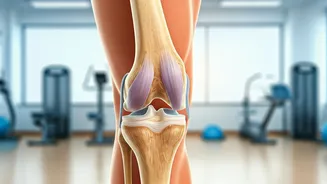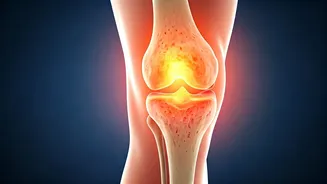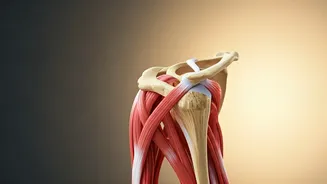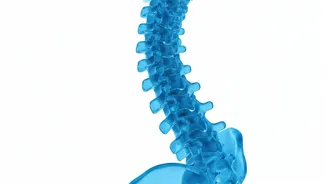Understanding Knee Osteoarthritis
Knee osteoarthritis, a common form of arthritis, is often characterized by the wearing down of cartilage within the knee joint. This can lead to pain,
stiffness, and decreased mobility. The impact of this condition can greatly influence one's quality of life, making everyday activities difficult. Various factors contribute to its development, including age, genetics, and previous injuries. It's essential for individuals experiencing symptoms of knee osteoarthritis to consult healthcare professionals to receive a proper diagnosis and treatment plan tailored to their specific needs. This often involves a combination of strategies, including exercise, medication, and lifestyle adjustments to manage the symptoms and improve overall function.
Study Overview and Methods
The process behind the research involved a structured approach to understand the effectiveness of different exercises. Experts focused on a methodical investigation, evaluating various exercises' impact on knee pain and functionality. The study's methodologies involved the selection of participants with diagnosed knee osteoarthritis. Each participant underwent a specific exercise regime, with assessments conducted to measure pain levels and joint function before, during, and after the program. Data was analyzed meticulously, identifying the exercises that proved most beneficial in alleviating discomfort and improving the participants' ability to move freely. This research highlighted the significance of using scientific methods to understand the effects of exercise on knee health and to provide an effective, evidence-based strategy.
Exercise for Pain Relief
The study's primary conclusion emphasizes the crucial role of aerobic exercise in managing knee osteoarthritis pain. Regular engagement in aerobic exercises like brisk walking, cycling, or swimming assists in reducing pain and enhancing overall knee function. These activities promote increased blood flow to the joint, which can help in minimizing inflammation and providing essential nutrients to the cartilage. Furthermore, the systematic movement in aerobic activities supports the generation of synovial fluid, which acts as a lubricant and decreases joint friction. Participants who consistently participated in these types of activities reported notable improvements in comfort and movement, offering a straightforward yet powerful strategy for managing the symptoms of this widespread condition.
Expert Recommendations and Benefits
Experts strongly suggest incorporating regular aerobic exercise as an essential part of the strategy to manage knee osteoarthritis pain. This form of exercise provides multiple benefits, including alleviating discomfort, enhancing joint flexibility, and improving overall physical function. Routine practice can also strengthen the muscles surrounding the knee, which stabilizes the joint and reduces the pressure on the cartilage. The experts also recommend that people consult healthcare providers or physical therapists to develop a customized exercise plan that caters to their specific requirements and physical condition. A customized approach boosts the benefits and reduces the chance of injuries, enabling people to manage their symptoms successfully and enhance their quality of life. This ensures that the exercise regime aligns with individual fitness levels and health considerations.
Safety and Limitations
While aerobic exercise has significant benefits, it is crucial to recognize the importance of safety and potential limitations. Individuals must always start slowly, gradually increasing the intensity and duration of the exercises to prevent injury. Listening to the body and resting when needed is extremely vital, as ignoring pain can worsen the condition. Certain exercises might not be suitable for everyone; consulting a healthcare provider or a physical therapist before beginning an exercise program is essential. The limitations of the study should also be acknowledged. The study's findings may not be completely generalizable to all groups and individual responses to exercise vary. Therefore, the advice from the healthcare experts should be taken, who can provide personalized guidance and ensure the safe and effective management of knee osteoarthritis.













